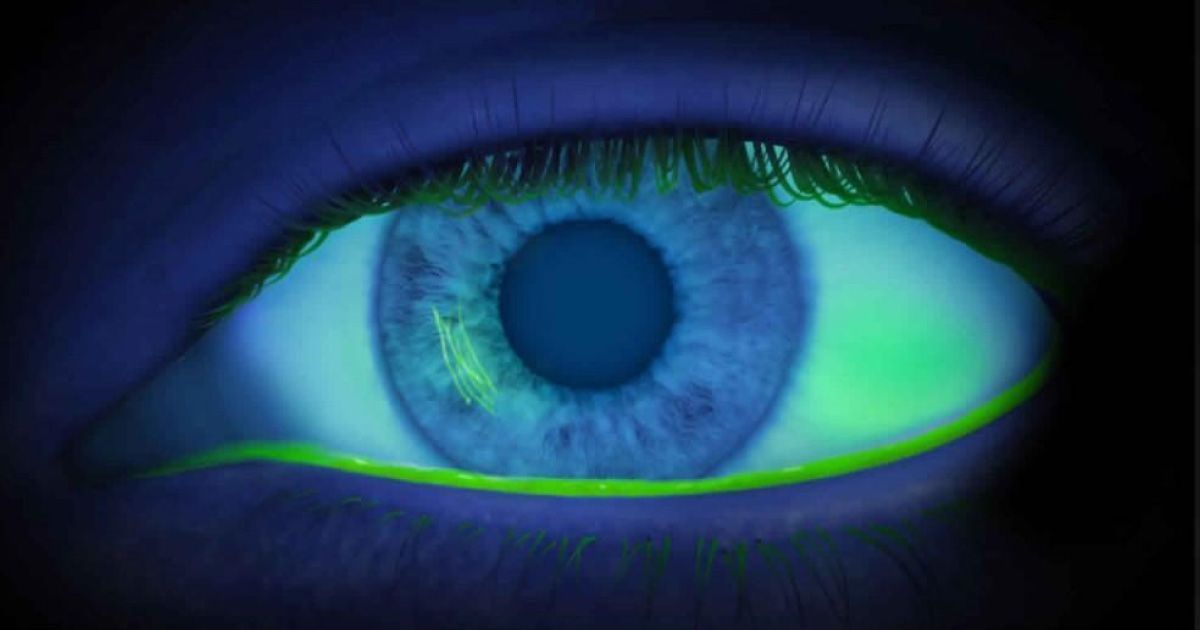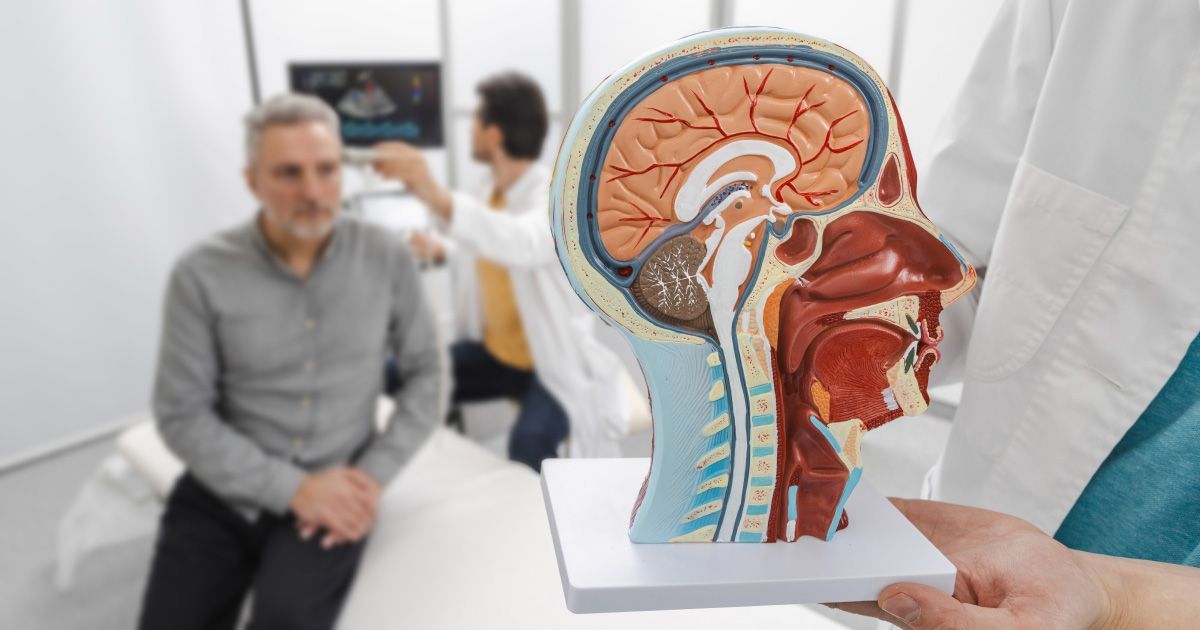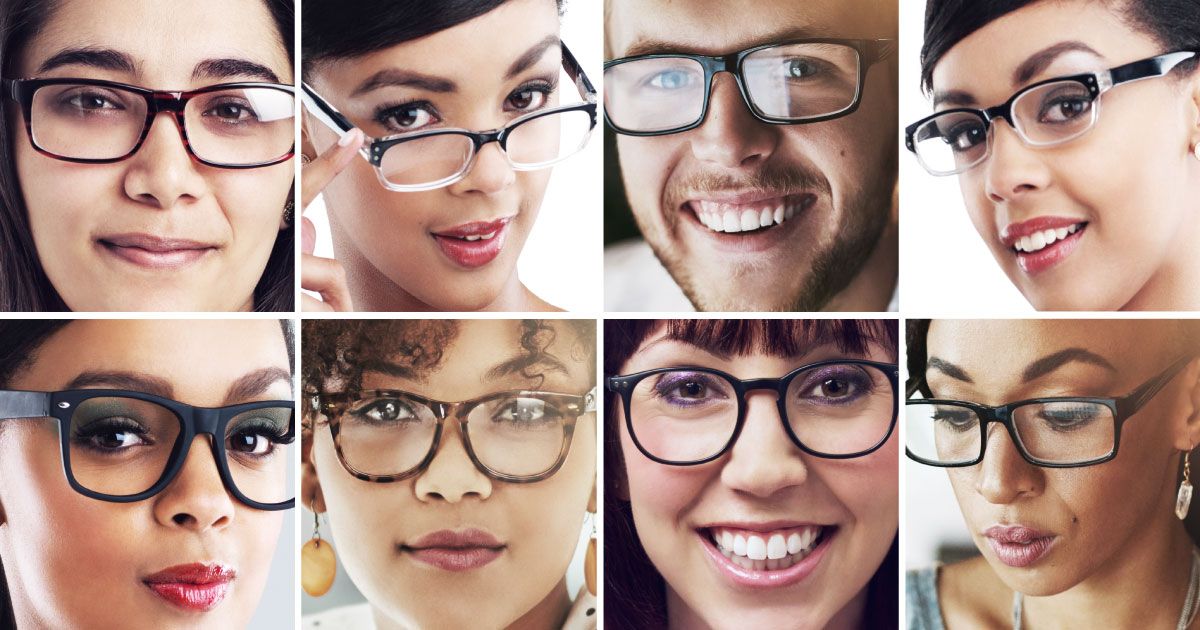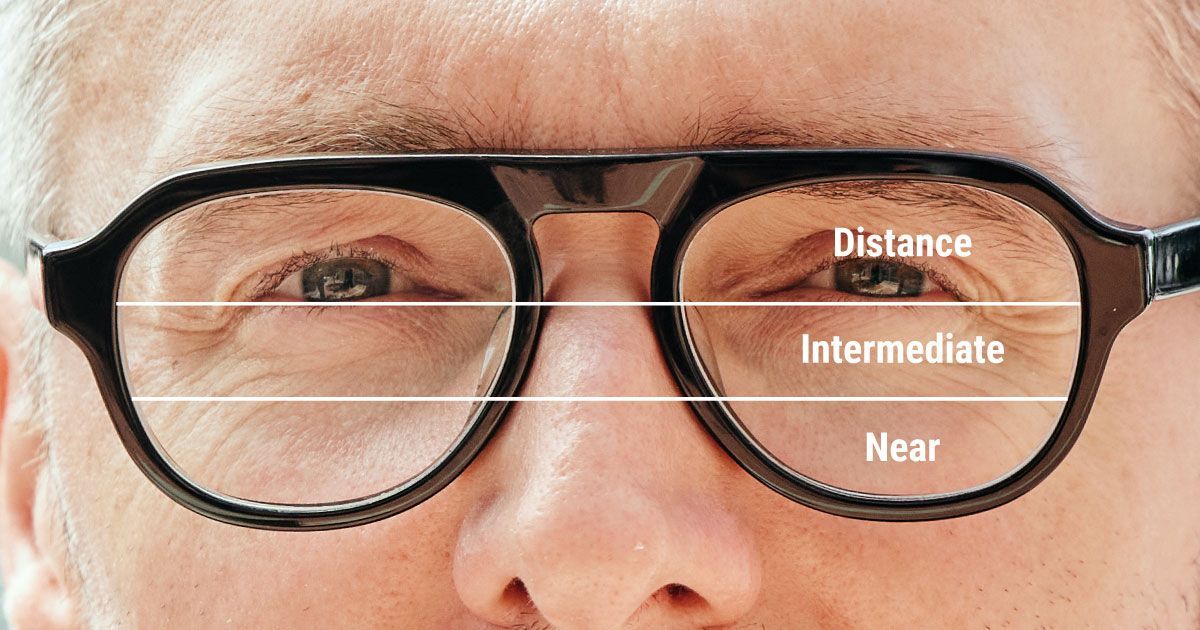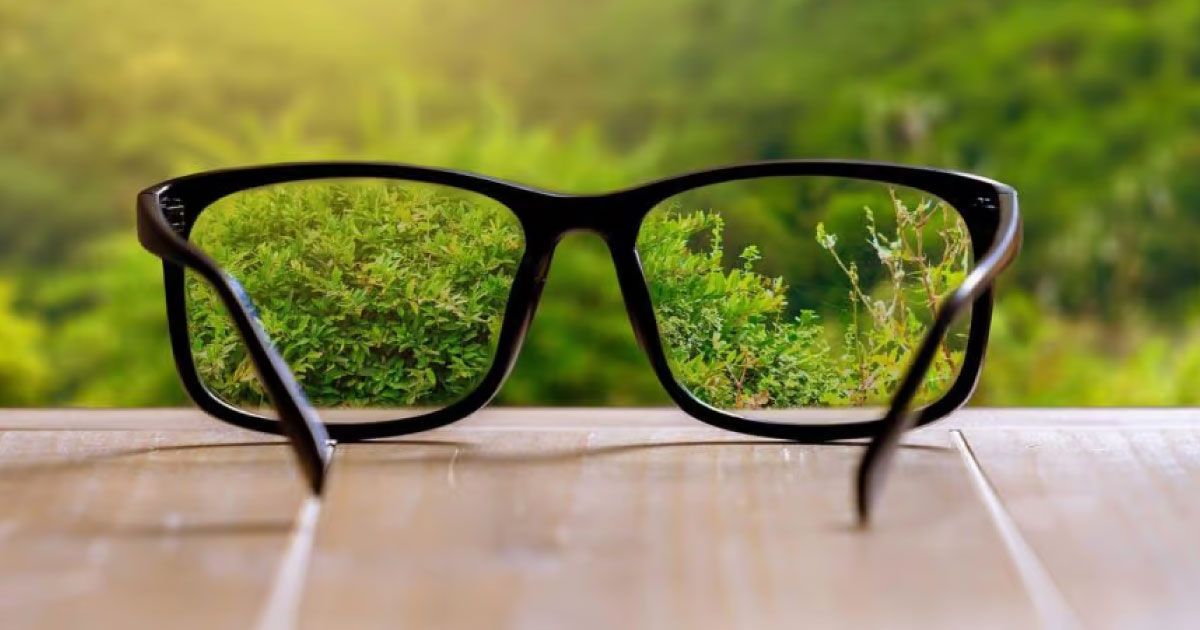Eyewear Allergies: Understanding Reactions to Frame Materials
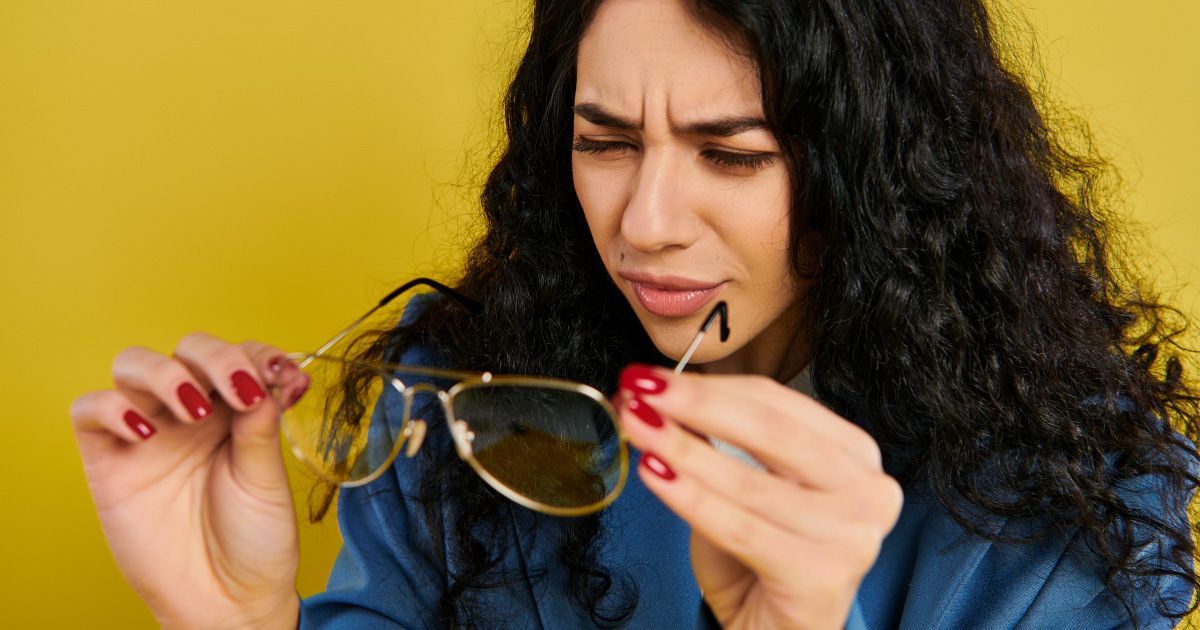
Read time: 6 minutes
Eyewear should enhance your life - improving vision, expressing personal style, and providing day-to-day comfort. For most people, choosing frames is about finding the right look and the right fit. Yet for a small percentage of wearers, frame materials themselves can become an unexpected source of irritation.
Allergic reactions to eyewear are uncommon but significant enough to impact comfort and wearability. If you’ve ever noticed redness, itching, or irritation where your glasses touch the skin, frame materials may be to blame. The good news is that there are solutions. By understanding what causes eyewear allergies and which alternatives exist, you can enjoy clear vision without compromising comfort or style.
What Causes Allergic Reactions to Eyewear?
Allergic reactions to eyewear occur when the skin recognizes a frame material as a foreign irritant. This triggers the immune system, causing symptoms like itching, redness, or swelling at points of contact, typically along the bridge of the nose, behind the ears, or on the temples.
These reactions fall under a type of allergy known as contact dermatitis. Instead of entering the body through ingestion or inhalation, the allergen affects the skin surface directly.
Factors that increase the likelihood of eyewear allergies include:
- Prolonged contact: Glasses rest on the skin for hours every day, creating constant exposure.
- Heat and sweat: Warm climates or active lifestyles increase perspiration, which can speed up metal ion release and skin absorption.
- Preexisting sensitivities: People already prone to allergies or eczema may be more reactive to frame materials.
Common Eyewear Materials Linked to Allergies
Not all eyewear allergies are created equal. Some are linked to specific metals, while others may involve plastics or nose pads. Understanding the materials most often involved helps guide safer choices.
Nickel
Nickel is the most frequent culprit. It’s widely used in inexpensive metal alloys, including those found in some eyewear frames, hinges, or decorative details. When nickel ions are released through sweat and absorbed by the skin, they can trigger an immune response. Symptoms of nickel allergy usually appear quickly, making it easy to identify.
Other Metals
While nickel tops the list, other metals occasionally cause irritation:
- Cobalt and chromium, often used in alloys and plating.
- Copper, though less common, can cause green skin discoloration in addition to irritation.
Plastics and Acetates
High-quality cellulose acetate, a plant-based plastic used in luxury eyewear, is typically safe and hypoallergenic. However, lower-grade plastics may contain residual resins, phthalates, or dyes that irritate sensitive skin. Reactions are rare but possible.
Silicone Nose Pads
Soft silicone pads provide comfort, but some wearers develop redness or small bumps where the pads sit. In these cases, it’s often the chemical additives or coatings, not pure silicone, that create issues.
How to Identify an Eyewear Allergy
Distinguishing an eyewear allergy from simple discomfort can be challenging. Poorly fitting glasses may leave pressure marks, but true allergies show specific signs:
- Localized redness or rash in exact spots where the frame touches the skin.
- Persistent itching or burning, worsening with continued wear.
- Small bumps, blisters, or swelling, especially around the bridge or ears.
If the irritation disappears quickly after removing the frames but returns when they’re worn again, an allergy is likely. When in doubt, consult with an optometrist or dermatologist. Patch testing can confirm specific material sensitivities, which helps guide the selection of alternative frame options.
Allergy-Friendly Alternatives in Eyewear
Thankfully, eyewear design has evolved far beyond basic nickel alloys. Today’s premium frames feature a wide range of materials engineered for both comfort and aesthetics.
Titanium
Titanium is considered the gold standard for hypoallergenic eyewear. It’s lightweight, corrosion-resistant, and contains no nickel. Frames made entirely of pure titanium are ideal for sensitive wearers. Beta-titanium, a more flexible variant, combines comfort with durability.
Stainless Steel (Nickel-Free)
High-grade stainless steel is another safe choice. Many stainless alloys are nickel-free and hypoallergenic, offering strength without irritation.
Acetate and Bio-Based Acetates
Cellulose acetate — derived from cotton and wood pulp — is a skin-friendly, plant-based material. It’s durable, lightweight, and available in a wide range of colors and finishes. New bio-acetates also incorporate renewable, biodegradable compounds, appealing to both sensitive skin and eco-conscious lifestyles.
Natural Materials
Independent frame designers have expanded into natural, artisanal materials:
- Wood: lightweight, unique grain patterns, often finished with natural oils.
- Buffalo horn: polished for a luxurious feel and excellent hypoallergenic properties.
- Sustainable composites: castor bean–based polyamides or recycled acetates, combining comfort with environmental responsibility.
Custom Nose Pads and Components
For patients who only react to specific parts, such as nose pads, simple modifications can make a difference. Swapping silicone for PVC, acetate, or hypoallergenic ceramic pads can eliminate irritation. Sleeve coatings for temple arms are another quick fix.
Tips for Managing Frame Sensitivities
If you suspect an eyewear allergy, these steps can help minimize symptoms and guide you toward comfortable solutions:
- Choose high-quality independent frames: Mass-produced frames often use lower-grade alloys with hidden nickel content. Boutique eyewear brands disclose materials clearly and prioritize hypoallergenic construction.
- Clean frames regularly: Oils, sweat, and environmental allergens can build up on frames, compounding irritation. A daily wipe with a microfiber cloth and mild soap helps.
- Use protective coatings or sleeves: Clear barrier coatings, temple arm sleeves, or pad covers can reduce direct skin contact.
- Seek professional fitting: An optician can adjust frames to minimize unnecessary contact points, easing both pressure and exposure.
- Monitor symptoms and seek medical advice: If irritation persists, consult with a dermatologist. Identifying the exact trigger ensures you can avoid it in future eyewear purchases.
Style Without Compromise
At Urban Optiks Optometry, we believe eyewear should never force a compromise between comfort, health, and personal expression. That’s why our curated collection emphasizes independent designers who combine artistry with conscientious material choices.
From hypoallergenic titanium by Ørgreen and ic! berlin, to plant-based acetates by Anne & Valentin, Nina Mûr, and Vinylize, to natural wood and organic options from Rolf and Feb31st, our boutique ensures that patients with sensitivities can still explore bold, innovative designs. Custom fitting, nose pad replacements, and professional consultation add another layer of reassurance.
Eyewear allergies may feel discouraging, but with the right guidance, they’re entirely manageable. The variety of premium frame materials available today ensures that every patient can enjoy eyewear that feels as good as it looks.
The Takeaway
Allergic reactions to eyewear frames are uncommon but can significantly affect comfort and wearability. Understanding the causes, recognizing the symptoms, and exploring hypoallergenic alternatives empowers patients to make informed choices.
Whether your skin reacts to nickel, plastics, or certain nose pads, solutions exist. By working with an experienced optometry practice and exploring high-quality independent frame lines, you can find glasses that are stylish, safe, and tailored to your needs.
At Urban Optiks Optometry, our mission is to provide eyewear that exceeds expectations — blending vision, design, and comfort into every pair. If you’ve experienced irritation from your glasses, we invite you to schedule a consultation. Together, we’ll explore frame options that protect your skin while reflecting your unique style.
Share this blog post on social or with a friend:
The information provided in this article is intended for general knowledge and educational purposes only and should not be construed as medical advice. It is strongly recommended to consult with an eye care professional for personalized recommendations and guidance regarding your individual needs and eye health concerns.
All of Urban Optiks Optometry's blog posts and articles contain information carefully curated from openly sourced materials available in the public domain. We strive to ensure the accuracy and relevance of the information provided. For a comprehensive understanding of our practices and to read our full disclosure statement, please click here.



